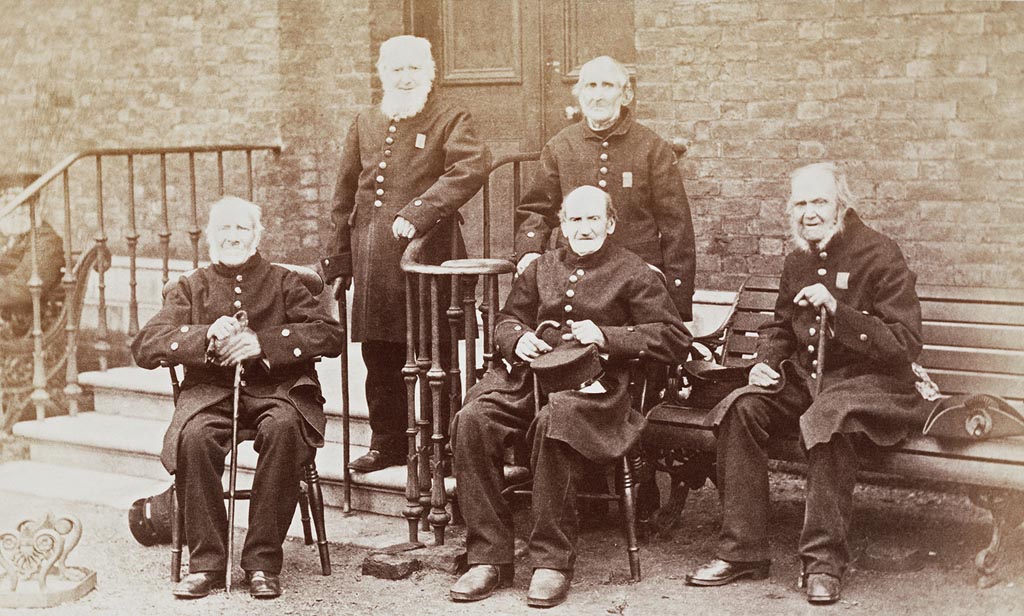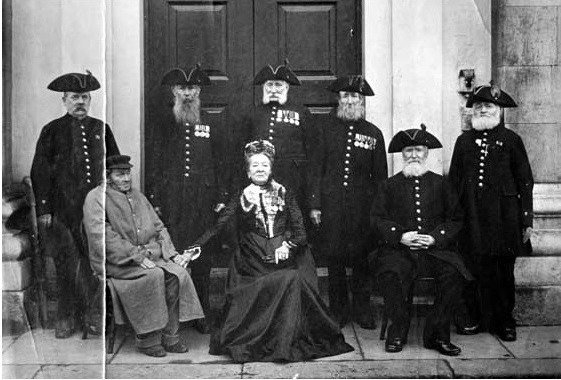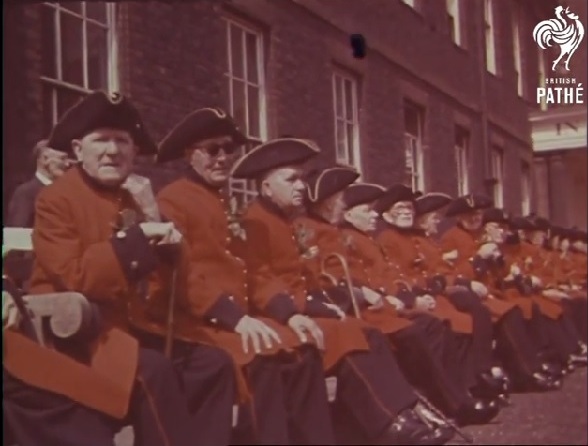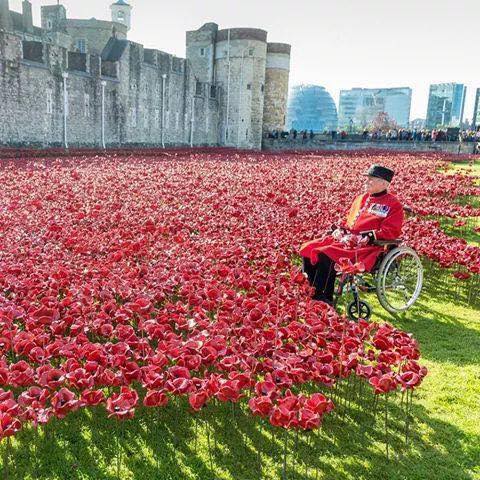Last month's post on
Dutch civil registration brought the influence of the French Empire under Napoleon Bonaparte to my attention. The Civil Code or Napoleonic Code established new, reformed legal principles and procedures that had widespread and profound effects on legal history far beyond the borders of France. A part of the Civil Code of interest to genealogists is the secular administration of birth, marriage and death registration, and the definition of the procedures and documentation of these events.
Laws
The
Civil Code was published in 1804 and came into force in France and its territories thereafter. Civil registration in France commenced in 1792, which pre-dates both the Civil Code and Napoleon's rise to power in 1799. Many of the principles espoused by the Code, such as personal freedoms (including religious freedom) and equality, came to prominence during the French Revolution of 1789. The
Décret du 20 septembre 1792 qui détermine le mode de constater l'état civil des citoyens was a decree of the French Revolutionary government that set up a secular civil registration system and made marriage a civil contract. This replaced the role of religious organisations had previously played in recording life events for governments. The Civil Code was a comprehensive codification of civil law, which governed interaction between citizens covering a broad scope including property, trade, as well as individual rights and obligations. It largely confirmed the civil registration system that was enacted in 1792.
Wars
The Republic of France was at war almost from its creation in 1789. The
French Revolutionary Wars and
Napoleonic Wars spanned the period 1792 to 1815. Mass conscription into the French army, which commenced in 1793, was supported by the information gathered by the civil registration system. During these wars much of Europe came under French rule. The extent of the French Empire reached its peak in 1810.
Territories that came under French rule might be expected to adopt the Code during Napoleon's time. The Wikipedia article
Napoleonic Code suggests it was adopted in regions that now comprise Italy, The Netherlands, Belgium, Spain, Portugal, Poland and parts of Germany. Does that mean these countries implemented Napoleonic civil registration?
It depends.
The bureaucracy needed to run such a system requires a degree of military and political control, and co-operation from the population. It takes time to establish local officials in a new bureaucratic system or to adapt existing systems.
Guerilla warfare and political upheaval in Spain and Portugal meant that the military and political situation fluctuated throughout the period of French occupation. Civil registration was not implemented in these countries during Napoleonic times, but much later. In Spain, nationwide civil registration commenced in 1871, and in Portugal it started in 1910.
Places where civil registration was implemented by the French Empire were:
| Modern Country | Historic Place | French rule start | Civil registration start | Civil registration end |
| Belgium | Austrian Netherlands | 1795 | 1795-1796 | continued |
| The Netherlands | Batvian Republic (Limburg & Zeeuws-Vlaanderen) | 1795 | 1795-1796 | continued |
| Batvian Republic (the rest) | 1795 | 1811 | continued |
| Italy | Piemonte | 1796, 1801 | 1804 | 1814 |
| Veneto & Lombardia | 1797, 1801 | 1806 | 1814 or 1815 |
| Kingdom of Naples | 1806 | | continued |
| Papal States | 1809 | 1810 | 1814 |
| Poland | Duchy of Warsaw | 1807 | 1808 | continued |
| Germany | Rhineland , Baden, Pfalz & Alsace-Lorraine | | 1792 | |
| Hamburg | | 1799 | |
| Hessen-Nassau & Hessen | | 1803 | |
| Westphalia | | 1808 | |
| Hannover | | 1809 | |
| Oldenburg & Lübeck | | 1811 | |
After the final defeat of Napoleon at Waterloo in 1815, some places continued the French civil registration system, but others did not. Some areas re-introduced civil registration at a later date. Parts of Germany replaced the system by using duplicates of parish registers instead. Prussian provinces (later Germany) introduced civil registration in 1874. Nationwide civil registration followed unification in Italy (1860) in1866 and German unification (1871) in 1876. In Poland the system was implemented by drafting the Catholic clergy to act as civil officials. As the boundaries of Poland changed, the system was extended to former German territories in 1874 and former Russian and Austrian territories in 1918.
The last 200 years of turbulent European history resulted in many boundary changes between countries. A common feature of the French system is that records were kept locally, with a copy sent to the district court. Consequently, the trick to tracing ancestors using these records is knowing their place of origin, and tracking down where the records are now held. That is a whole topic of itself!
A Rosetta Stone for European Civil Registration Records
The rich detail and quality of the information contained in Civil Code registration records makes them a very important source for European genealogy. The content and format are remarkably consistent. The Code was very explicit in what was to be recorded, and who could report events, which contributes to the accuracy and completeness of the records.
The language of the records varies with place and time, following the language of the political administration. Languages include French, German, Dutch, Flemish, Italian, Polish, Russian, Ukranian and Latin. The Civil Code is a Rosetta Stone because it specifies what the records should say.
Go and read this
English translation of the Code, or if you understand French the
original. Come back here when you are ready.
You didn't skip that did you? If so, go read the Code now. Yes, really do.
Impressed by records that specify not only the primary subject's details but also both parent's and witnesses and give details all these people's full names, professions and residence? If you have read the Code you know that is just for starters.
Now take another look at the
Dutch marriage I presented last month. Examine other civil registration records with the Code in mind, such as the examples of
Belgian records, or explore the online Italian records such as these
death records. If you need a little help with the format of records the FamilySearch wiki on
Polish records gives a clear account.
Can you see the Civil Code being fulfilled?





































